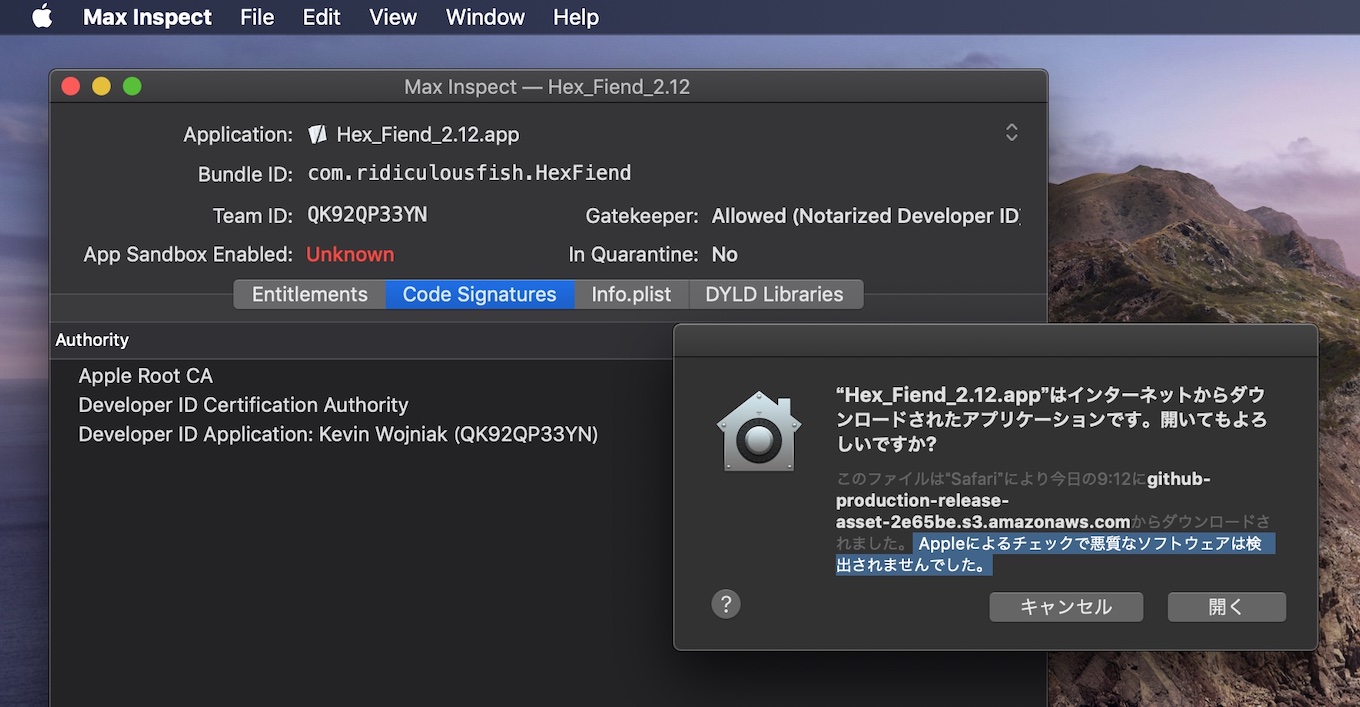

To make your life easier, I created a table from the best sources I could find.
HEX FIEND ANY CHARACTER CODE
These are inaccessible to people with disabilities, and inconvenient to use – you can't search for something and copy-paste code you want. If you search for these codes online, you'll often find tables that are really just images. You might also need to know what the decimal, binary, or HTML values are, too. dar/tmp/vche-1.7.-root/etc/vche.As a developer, you'll eventually need to look up hex or ASCII values and see what they translate to. To change the offset simply refresh the file size with the R command. It works with almost any device, it is used mainly with RAM, kernel memory or other character devices, but you could use it with anything if you are in doubt.Īs with the Ask kernel option the device size can not be greater than a signed long (LONG_MAX), because it is the maximal value the lseek(2) callĮnter it manually This option will let you enter whatever device size you want, once you entered it the device will look as the desired size, you can not see or edit beyond Let vche guess it If you select this option, to find the device size, the program will lseek(2) to different offsets doing a binary search until the lseek call fails. Use this option with IDE, SCSI, loop and with any device which support the BLKGETSIZE or FDGETPRM ioctl call. Option and the ioctl fails, the file size will be set to LONG_MAX, or to 2147483647 if LONG_MAX is not defined, and an error message will be issued. Not all devices provide with such ioctl(2) calls, so, if you select this Select the way the program will get his size, the three available options are:Īsk kernel This option will use Linux kernel ioctls to get the size of the device. Get the size of a device, each time you change the read-only flag, open or refresh the size of a device, vche will pop up a menu where you have to Viewing DevicesĪs with regular files you can also view or edit devices. Edit mode TAB KEY Switch beetwen HEX and ASCII editing.į3 Set the edit mask (needed for XOR, OR and AND operations).į8 Add 1 to the byte at the cursor position. HOME KEY Go to the beginning of the file.

g, F6 Seek to an offset (to enter an hexadecimal offset you must prefix it with a "0x").į8 Shows you the ascii table (as found in character ROM), shows also in hex, octal, decimal and binary.į9 Shows GNU GPL (General Public License). R Refresh file size, use it if the size of the file changes during viewing, by any reason. It is also useful when viewing files or devices R Redraw the screen, it is needed when other process writes to the current tty and the screen gets corrupted. (Prefix a "0x" to enter the string in hexadecimal). S, F4 Search a string taking care of case. The keys have different meanings if you are in view or edit mode:į7 Select another file manually from the file list given at the command line. You could also press F7 to browse the list ofįiles and select one manually, moving with the arrow keys.Ĭommands c-c Control-C, kills the program. page of the current editor window when it displays single-byte character. Them easily using the commands: n to go to the next file and p to go to the previous file. If you provided more than one filename at the command line, you could view or edit any of You could enter the edit mask as a decimal or as hex number, prefixing a "0x" to it (like in C). NEG Negates the bytes at cursor position.ĪDD and SUB Adds or substract 1 from the bytes you want. XOR Do a XOR on the byte at cursor position with the value set in the edit mask. If you want, for example, to XOR some bytes, the value used to XOR that bytes is the edit mask.

When you are in edit mode you can press F3 to set the edit mask. There are six flags, each one shows the current program state and the behavior vche will have. Sequences, for more information see the console_codes(4) man page. Vche-raw It is the Run AnyWhere version (or RAW version, his name is twofold), it does all the screen I/O using the linux console escape and control Vche-nc It is the NCURSES version, it will use that library to do all the screen I/O, so it will not show non-printable ASCII. So this version will run only on Linux on a local console, and It uses the /dev/vcs and /dev/vcsa character devices to do all it's screen I/O.
HEX FIEND ANY CHARACTER DOWNLOAD
Vche is a hex editor and viewer which lets you see all the 256 characters, as found in 1 Hex Fiend - Small, fast and extensive hex editor 2 Hex Fiend download and requirements 3 Similar posts Sir Apfelot recommendation: Clean up your Mac hard drive with CleanMyMac Hex Fiend - Small, fast and comprehensive hex editor Hex Fiend is not just a hex viewer that shows the hexadecimal structure of files.


 0 kommentar(er)
0 kommentar(er)
